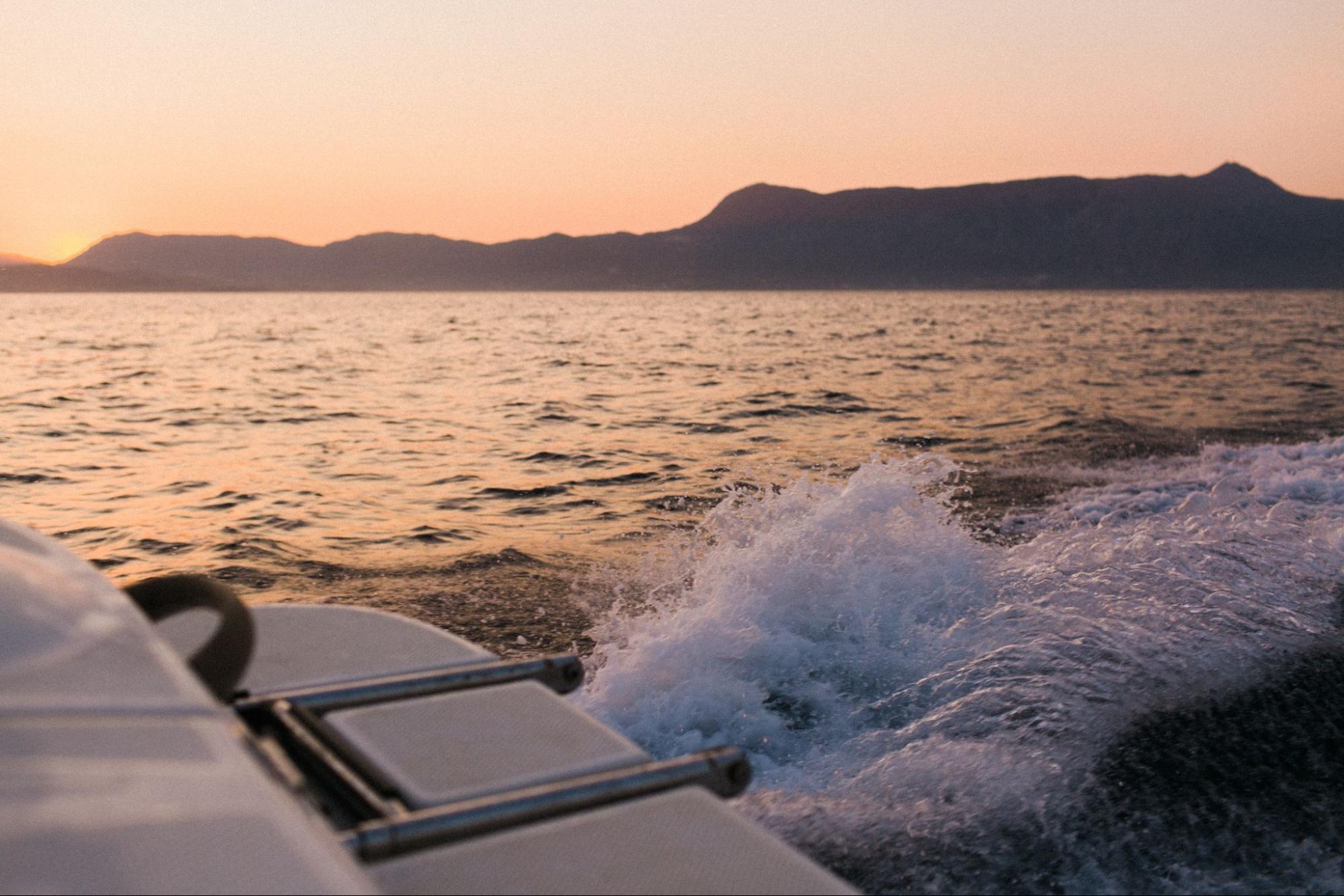How do you Know When you’re Operating your Vessel at a Safe Speed
I’ve spent countless hours on the water, and one thing I’ve learned is that operating your vessel at a safe speed isn’t as straightforward as it might seem. It’s not just about adhering to posted speed limits or trying to keep up with other boats. The definition of “safe speed” can change drastically depending on a variety of factors such as weather conditions, visibility, water traffic, and the capabilities of your vessel.
In my experience, understanding what constitutes a safe speed requires both knowledge and intuition. Let me break this down for you. First off, you need to know the technical aspects: understanding how your boat handles in different situations, being aware of maritime laws and regulations regarding speed, and knowing how to read the sea state (waves height). But there’s also an intuitive part – you have to feel when something isn’t right.
When it comes to tips for operating your vessel at a safe speed, I’m here to share some wisdom gained from my many years out on the water. By keeping these pointers in mind and incorporating them into your boating practice, you’ll be well-equipped to ensure safety while cruising through any waters.
Understanding the Concept of Safe Speed
I’ve spent countless hours on the water, and if there’s one thing I’ve learned, it’s the importance of operating your vessel at a safe speed. But what does ‘safe speed’ actually mean? Let’s delve into this crucial concept.
First off, safe speed isn’t just about sticking to a specific number on your speedometer. In fact, it varies depending on many factors like weather conditions, visibility, and traffic density. It’s all about adjusting your pace to ensure you have ample time to react to potential hazards and prevent accidents.
For instance, in foggy or rainy conditions, reducing your speed is a smart move. Visibility is compromised and spotting other vessels or obstacles can be challenging. Here are some basic tips for gauging whether you’re operating at a safe speed:
- Visibility: If objects appear blurry or hard to discern from a distance, you’re probably going too fast.
- Maneuverability: Can you steer or change direction quickly if needed? If not, slow down.
- Stopping Distance: Consider how long it would take for your vessel to come to a complete stop.
Statistics show that excessive speeding contributes significantly to maritime accidents. According to U.S Coast Guard data from 2019:
| Total Accidents | Accidents due to Excessive Speed | |
| 2019 | 4,168 | 276 |
That’s over 6% of total accidents caused by not adhering to safe speeds!
Remember though – there isn’t a one-size-fits-all answer here; different situations call for different responses. Just like driving a car on an icy road requires slower speeds than cruising down the highway on a clear day.
Ultimately understanding and implementing the concept of ‘safe speed’ while operating your vessel will enhance safety and make every journey more enjoyable. So next time you’re at the helm, remember these tips and keep your speed in check.

Factors Determining a Vessel’s Safe Speed
Understanding the factors that determine a vessel’s safe speed is crucial for anyone operating on open waters. Let’s delve into what exactly these elements consist of and how they can be accurately gauged.
First off, visibility conditions play an enormous role in dictating your vessel’s safe speed. When you’re out on the water, foggy conditions or nighttime sailing can significantly reduce your line of sight. In such scenarios, it’s advisable to reduce your speed considerably to avoid any potential hazards.
Weather and sea conditions are other vital components to consider when determining a safe speed for your boat. Rough seas and high winds demand slower speeds, while calm waters may allow for faster travel. It’s always better to err on the side of caution when weather takes a turn for the worse.
The traffic density around your area also impacts how fast you should be travelling. More vessels around mean more chances of collisions if not careful enough; hence lower speeds are recommended in crowded areas. For instance, marinas and popular fishing spots usually see higher traffic, necessitating slower speeds.
Lastly, don’t forget about the inherent characteristics of your vessel itself – its maneuverability and stopping distance play key roles in deciding its safe speed. A larger vessel will generally require more time to stop or change direction than smaller ones—so make sure you’re factoring this into your decision-making process.
Remember, knowing when you’re operating at a ‘safe’ speed isn’t always as simple as following a set number on the gauge—it varies based on several dynamic factors like those mentioned above:
- Visibility Conditions
- Weather & Sea Conditions
- Traffic Density
- Characteristics of Your Vessel
Stay tuned as we continue guiding you with tips for operating your vessel at a safe speed!


 By
By 




